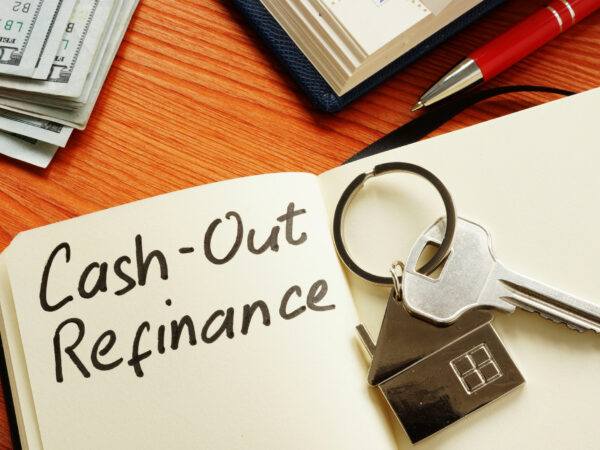Whether it’s reducing your monthly payment or tapping into your home’s equity to pay off debt, refinancing your mortgage can offer significant financial benefits. And when mortgage rates drop, many homeowners begin thinking about pulling the trigger on a refi.
However, the decision isn’t that simple. While lower rates are certainly a great reason to refinance, there are other factors to consider, too—such as your financial goals and how long you plan to stay in your home. Plus, rates could go up or down at any time. So, how do you know when the time is right?
Why Rates Go Up and Down
Lower interest rates will always catch the attention of homebuyers and homeowners. This is because lower rates generally mean lower mortgage payments, which in turn means it’s more affordable to purchase a home or refinance your existing mortgage. But why do rates fluctuate in the first place?
Rates can change for several reasons, but the biggest drivers are shifts in the U.S. economy, the expectations of investors, and actions taken by the Federal Reserve, the central bank of the U.S., which is responsible for managing the country’s monetary policy. Every so often, “the Fed” adjusts rates to manage economic growth. When the economy is strong, the Fed may raise rates to prevent overheating, and when it’s weak, it may reduce rates to stimulate borrowing and investment.
Rate cuts generally spark an uptick in refinancing activity, as more homeowners sitting on higher rates take the opportunity to reduce their monthly payments or adjust the terms of their mortgages. But should you do the same? That depends.
When—and Why—to Refi
The decision to refi should be based on your short- and long-term personal and financial goals. For instance, if you’re thinking about tapping into your home’s equity through a cash-out refinance and consolidating your other debts, getting the lowest possible rate may not be that important. Even if the new rate is only slightly lower than your current one, it’s probably still lower than the rates on your credit cards or personal loans, which can provide substantial savings over the long term.
However, if your goal is to reduce your monthly mortgage payment, rates play a more critical role. As a general rule of thumb, you may want to consider refinancing when you can secure a rate that is 0.25 to 0.5 percent lower than your current rate, which can translate to a savings of $100 or more per month. However, this savings should be weighed against the length of time you plan to remain in your home.
This brings us to a crucial point: the breakeven period, or the point at which the combined savings from your lower monthly payment offsets the costs of refinancing. It’s generally advisable to refinance only if you plan to stay in your home for another 5 to 7 years. If you expect to sell your home and pay off your loan before then, the upfront costs of refinancing may not be worth it.
You should also consider the costs of refinancing. These costs typically include lender fees and closing costs. Most lenders offer the option to roll these costs into your new mortgage, but this will still increase your total loan costs over time.
The Bottom Line
Ultimately, your refinancing options should be evaluated on their own merits, factoring in your financial situation, how long you intend to keep your home, and your specific goals. Understanding these elements should guide your decision on when and when not to refinance.
One last point: no one ever knows for sure when mortgage rates will go up and down or by how much. But if refinancing is your goal, the best approach is to prepare in advance. A trusted loan expert can assist you in creating a strategic refinancing plan that you can use to determine when rates reach a point for you to achieve your goals.
Ready to learn more about refinancing? The loan experts at Right By You Mortgage are always available to provide guidance and support. Find a local loan officer near you or email us at inquiries@rightbyyoumortgage.com to get started.









